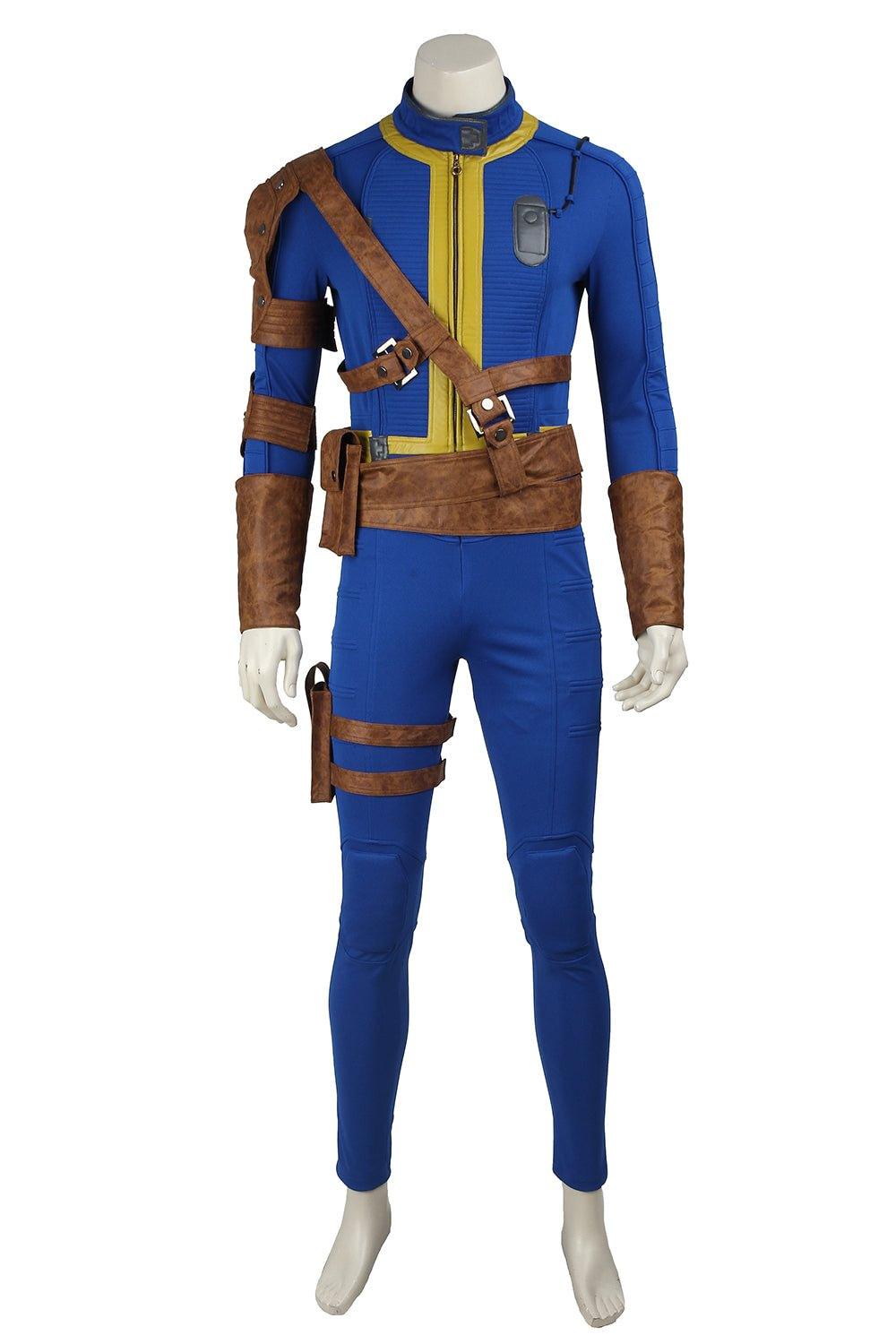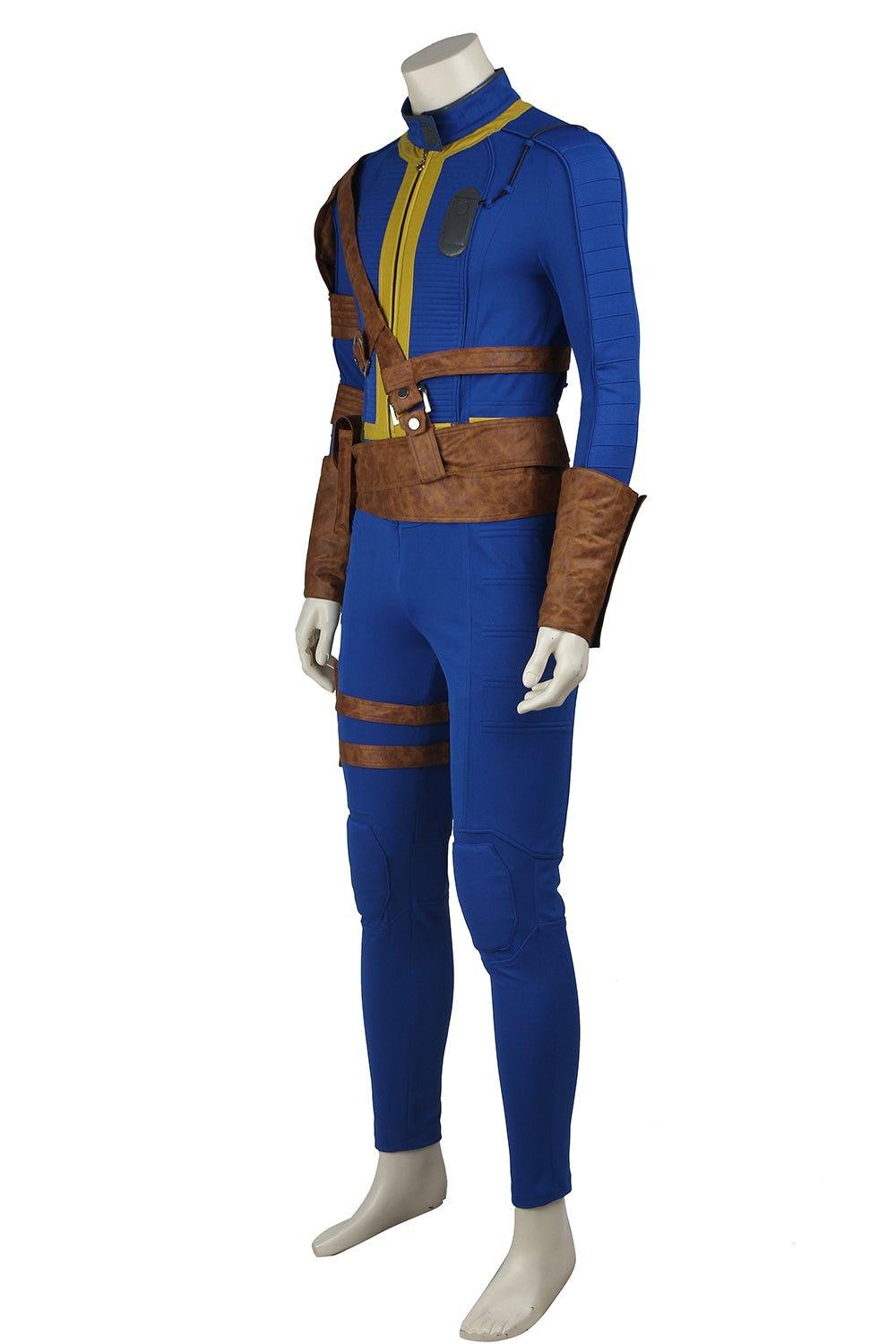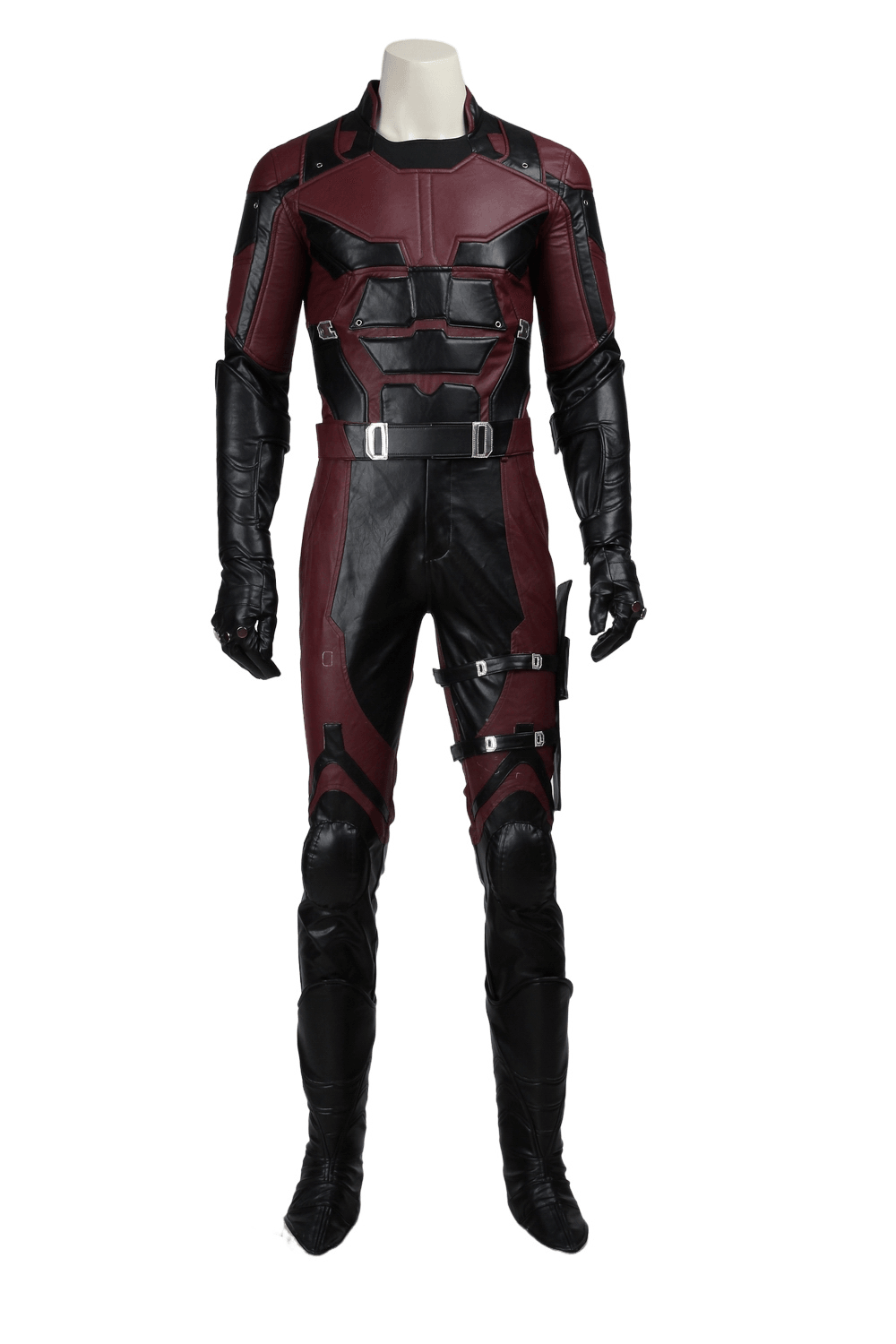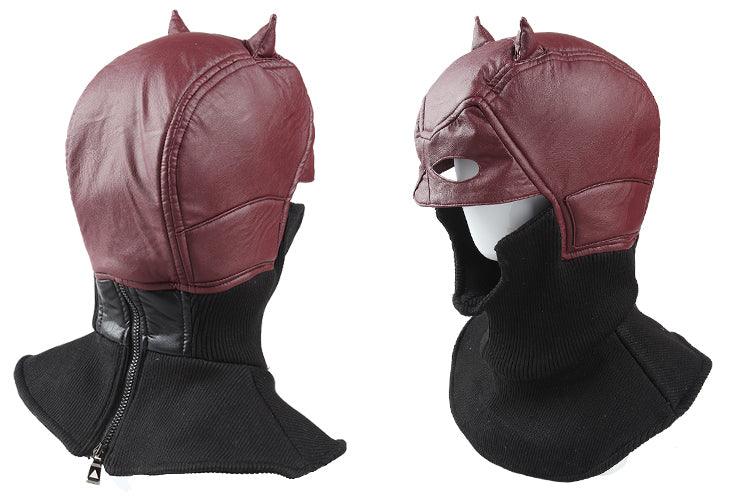How to Make Mecha Cosplay: A Comprehensive Guide
Mecha cosplay, inspired by giant robots and armored suits from anime and science fiction, is an impressive and challenging form of costume creation. This guide will walk you through the process of creating your own mecha cosplay, from planning to final touches. Whether you're a beginner or an experienced cosplayer, this comprehensive tutorial will help you bring your favorite mechanical warrior to life.
Planning and Design
Choosing Your Mecha: Begin by selecting the specific mecha or robot design you want to cosplay. This could be a Gundam, Evangelion unit, or an original design. Consider factors such as complexity, size, and your skill level when making your choice.
Gathering Reference Materials: Collect as many images and videos of your chosen mecha as possible. These will serve as crucial references throughout the building process. Pay attention to details like proportions, color schemes, and unique features.
Scaling and Measurements: Determine the scale of your cosplay in relation to your body. Most mecha cosplays are larger than life, so you'll need to decide how much to enlarge the proportions while keeping it wearable. Take accurate measurements of your body to ensure the costume will fit comfortably.
Materials Selection: Choose materials based on durability, weight, and ease of working. Common options include:
-
EVA foam
-
Cardboard
-
PVC pipes
-
Thermoplastics (e.g., Worbla)
-
Expanding foam
-
Fabric for undersuit
Creating Patterns: Develop patterns for each part of the mecha. You can use software like Pepakura to create 3D models and unfold them into 2D patterns, or draw them by hand based on your reference images.
Building the Frame
Constructing the Base: Start with a lightweight, sturdy frame that will support the entire costume. PVC pipes or a combination of PVC and wood can work well for this purpose.
Leg Supports: Create leg supports similar to those described in the Instructables guide. Use cardboard strips notched halfway across and assembled in a crosshatch pattern for strength and lightness. Stack these supports to reach the desired height, ensuring your knee is positioned just above the top of the leg box.
Torso and Shoulder Structure: Build a frame for the torso and shoulders using PVC pipes or a similar material. This will serve as the foundation for attaching armor plates and other details.
Mobility Considerations: Design the frame with articulation points at major joints (shoulders, elbows, hips, knees) to allow for movement. Use flexible materials or create overlapping armor pieces at these points.
Crafting Armor and Details
Shaping Armor Plates: Use EVA foam or thermoplastics to create the outer armor plates. Heat guns can help shape these materials into curved or complex forms. For larger, flatter surfaces, cardboard can be a cost-effective option.
Adding Volume: Use expanding foam to add volume and shape to certain areas, such as chest plates or shoulder pads. Once dry, carve and sand the foam to achieve the desired form.
Detailing: Add smaller details like panel lines, vents, and mechanical components using additional foam pieces, plastic parts, or by carving directly into the main armor pieces.
Weapons and Props: Construct any weapons or accessories your mecha might have. These can be made using similar techniques and materials as the main costume.
Electronics and Lighting
LED Integration: Incorporate LED lights to bring your mecha to life. Common areas for lighting include eyes, chest reactors, and weapon effects. Use battery-powered LED strips or individual LEDs wired to switches for control.
Sound Effects: Consider adding a small speaker system to play mecha sound effects, enhancing the overall impact of your cosplay.
Cooling System: For comfort during extended wear, you might want to include small, battery-powered fans in key areas of the costume.
Painting and Finishing
Surface Preparation: Sand all surfaces smooth and fill any gaps or seams with wood filler or Bondo. Apply a flexible primer to create a uniform base for painting.
Color Application: Use spray paints suitable for your chosen materials. Apply base colors first, then use masking techniques for complex color patterns. Airbrush work can add depth and weathering effects.
Weathering and Battle Damage: Add realism with weathering techniques. Dry brushing, washes, and carefully applied "battle damage" can make your mecha look like it's seen some action.
Clear Coat: Apply a clear coat to protect your paint job and add shine where appropriate.
Wearability and Comfort
Undersuit: Create a form-fitting undersuit using breathable, stretchy fabric. This will provide a base layer between your body and the costume.
Padding: Add foam padding at contact points inside the costume to improve comfort and prevent chafing.
Ventilation: Incorporate discreet ventilation holes or mesh panels in hidden areas to improve air circulation.
Vision and Mobility: Ensure you have adequate visibility and range of motion. Test the costume frequently during construction and make adjustments as needed.
Assembly and Final Touches
Attachment Methods: Use a combination of velcro, snaps, and straps to make the costume easy to put on and take off. Ensure all pieces are securely attached but can be separated for transport.
Seam Concealment: Hide seams and attachment points with additional armor details or weathering effects.
Final Fitting: Do a complete test fit of the entire costume. Make any necessary adjustments to improve comfort, mobility, or aesthetics.
Tips for Specific Mecha Types
Gundam-Style Cosplay:
-
Focus on clean, geometric shapes and vibrant colors.
-
Pay special attention to the iconic V-fin on the head.
-
Include recognizable weapons like beam sabers or shield.
Transforming Mecha:
-
Design pieces that can shift or be rearranged to suggest different modes.
-
Use hinges and sliding mechanisms to allow for transformation effects.
Organic or Alien Mecha:
-
Incorporate more curved, biomechanical elements.
-
Experiment with unusual textures and asymmetrical designs.
Showcasing Your Mecha Cosplay
Photography: Arrange a photoshoot to showcase your completed mecha cosplay. Choose locations that complement your design, such as industrial areas or sci-fi conventions.
Movement and Poses: Practice dynamic poses that highlight the mechanical nature of your costume. Consider the character's personality and typical stances from the source material.
Maintenance: Develop a plan for repairing and maintaining your costume. Keep spare materials and touch-up paint on hand for quick fixes.
Advanced Techniques
3D Printing: For complex or highly detailed parts, consider using 3D printing. This can be especially useful for small, intricate components or for creating molds for casting multiple identical pieces.
Animatronics: Advanced builders might incorporate animatronic elements, such as moving eye visors, opening chest plates, or articulated fingers.
Custom Electronics: Design custom circuit boards to control multiple LED sequences or create interactive elements triggered by motion or sound.
Safety Considerations
Stability: Ensure your costume is stable, especially if you're using stilts or elevated shoes. Practice walking and maneuvering in the costume before attending events.
Fire Safety: If using LEDs or other electronics, take precautions to prevent short circuits and overheating. Use fire-resistant materials where possible.
Visibility and Communication: Make sure you can see clearly and communicate with others while in costume. Consider incorporating a small camera and display system for improved visibility.
Inspiration and Community
Online Resources: Websites like crazecosplay.com offer tutorials, tips, and galleries of impressive mecha cosplays. These can be invaluable sources of inspiration and technical advice.
Cosplay Communities: Join online forums and social media groups dedicated to mecha cosplay. These communities can provide support, answer questions, and share techniques.
Conventions and Contests: Attend cosplay conventions and participate in contests. These events are great opportunities to showcase your work, learn from others, and connect with fellow enthusiasts.
Creating a mecha cosplay is a challenging but rewarding project that combines engineering, artistry, and imagination. By following this guide and drawing inspiration from resources like crazecosplay.com, you'll be well on your way to bringing your favorite mechanical warrior to life. Remember that patience, attention to detail, and a willingness to learn and adapt are key to success in this complex form of cosplay. With dedication and creativity, you can create a truly impressive mecha costume that will stand out at any convention or event.








